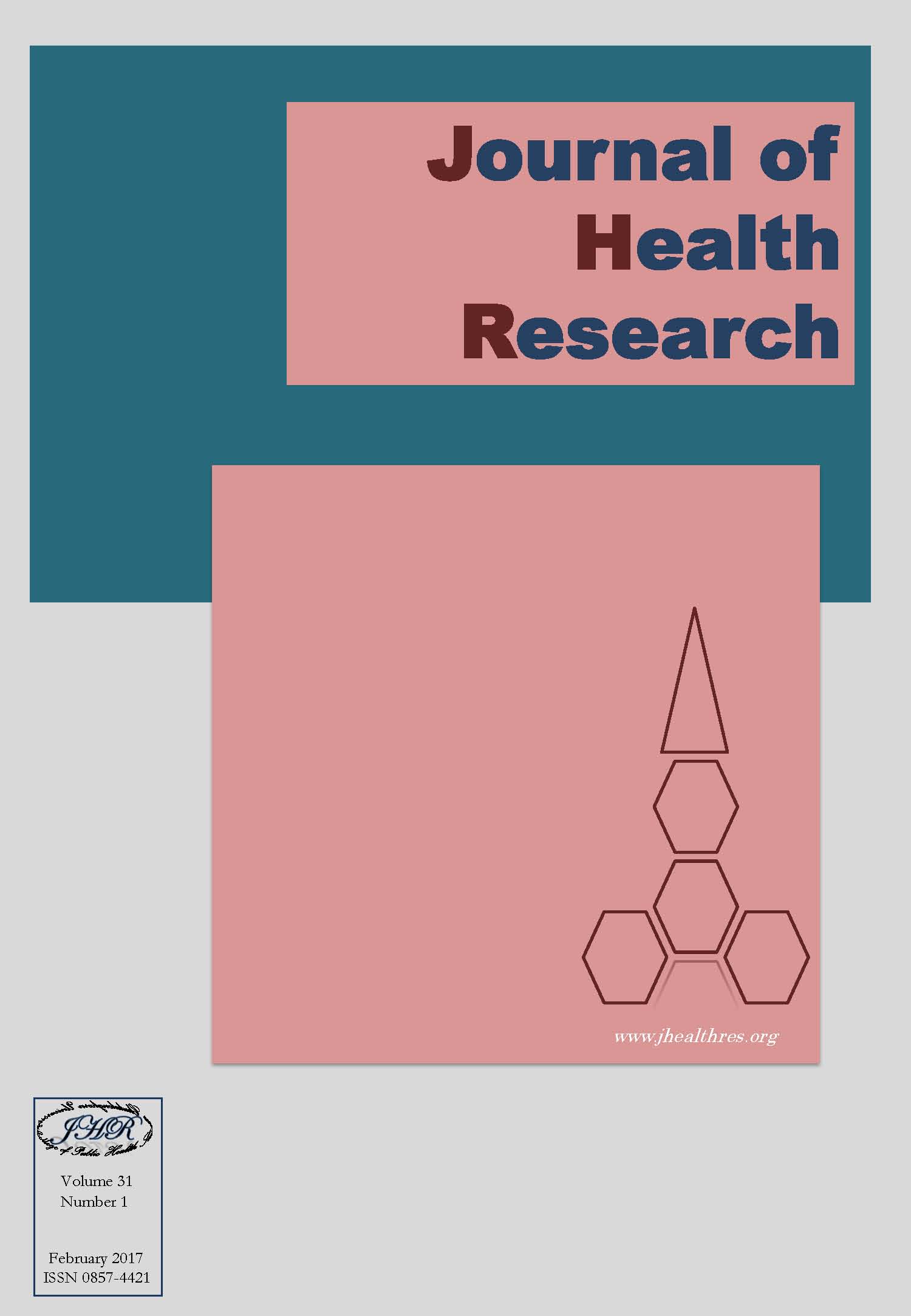Safety Profile of Subacute Exposure to Curcuma Comosa Ethanolic Extract in Female Rats
Keywords:
Curcuma comosa Roxb., Blood chemistry, Cytochrome P450, Hematology, Subacute toxicityAbstract
Background:Rhizomes of Curcuma comosa Roxb. (Zingiberaceae) have been widely used traditionally to alleviate abnormal painful uterine symptoms. This study aims to investigate subacute toxicological effects of a C. comosa ethanolic extract (CCE) in female rats. Effects of the extract on the activities of hepatic cytochrome P450 (CYP) including CYP1A1, CYP1A2, CYP2B1/2B2, CYP2E1 and CYP3A were also investigated.Methods: Forty female Wistar rats were randomly divided into 4 groups of 10 rats each. The extract was given orally to female rats at doses of 0, 100, 250 and 500 mg/kg/day for 30 days. At the end of the treatment, blood samples were collected by heart puncture and were measured for hematology and blood chemistry parameters. Microsomes were prepared from livers for enzyme assays.
Results: CCE at all dosages used in this study had no effects on the parameters of hematology and blood chemistry. Only serum alkaline phosphatase and potassium levels were significantly increased in the animals receiving the extract at 500 mg/kg/day. In addition, CCE did not change hepatic total CYP content and the activities of CYP1A2, CYP2E1 and CYP3A. However the activities of CYP1A1 and CYP2B1/2B2 were significantly increased following administration of CCE at dosages of 250 and 500 mg/kg/day.
Conclusions: Results from this study indicated that CCE does not cause serious toxicities to many important rat organs/systems. In addition, this study provides information regarding the possibility of herb-drug interactions and the increased risks from any bioactivation reactions of the drugs or compounds that are metabolized or bioactivated via CYP1A1 and CYP2B1/2B2.







